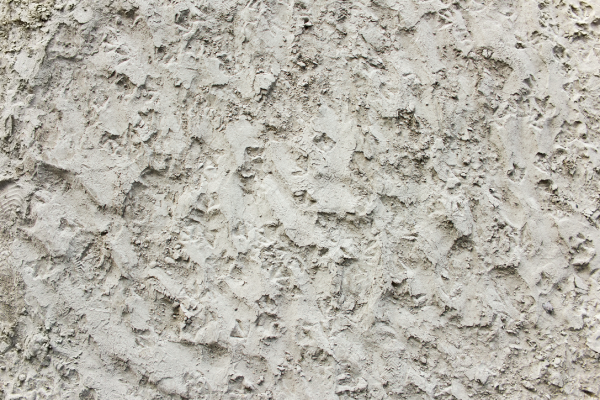Kalcinerade leror i framtida bindemedel för hållbara betonginfrastraktur (ClayBind)

Idé och potential
This project aims to find the best possible way to use natural Swedish clays as a clinker replacement in cement and concrete. The substitution of fraction of the clinker will highly reduce the emission of greenhouse gas and therefore decrease the environmental impact of the production of concrete used for infrastructure buildings.
Clays need to be activated before use in cement systems. They will act as pozzolan by reacting with the calcium hydroxide of the cement. The most common method for activating clays is a calcination between 600-800 °C. However, it is necessary to explore other methods (e.g. reactive grinding or chemical activation) in order to be able to use the less reactive clays that are not sensible to calcination.
This project will lead to the reduction of the climate and environmental impacts of the infrastructures made of concrete, and a better use of the available Swedish resources.
Syfte, mål och effekter
The overall objective of the project is to find the best possible way to use natural clays as a clinker replacement in cement and concrete and by this drastically reduce greenhouse gas emissions and environmental impact when constructing infrastructure buildings made from concrete.
The project has a strong link with the focus area n°3 of InfraSweden2030, “Construction solutions and building methods for a sustainable and safe transport”, which aims to contribute to the development of new building materials and building methods for smart and green transport infrastructure.
The technical objectives are:
- To explore different methods to activate clays. Most clay can be activated by calcination (temperature between 600 and 800 °C) but other means should be investigated in order to be able to activate less reactive materials.
- To initiate a pilot-scale testing of the reactivity and the pozzolanic activity of activated clays as binary blends with cement or ternary blends combined with other supplementary cementitious materials. Will be investigated: changes in microstructure, strength development and durability.
- To validate rheological properties in conjunction with mix-design, particle grading, packing models, etc., in order to achieve good properties in both hardened and fresh states.
- To define possible application to existing concrete types (based on durability requirements) used for infrastructure projects.
- To calculate the environmental impact of possible concrete mix designs including binders with activated clays, with focus on the production and construction stage.
Genomförande och förväntade resultat
In order to account for the potentials of the use of Swedish clay resources, a three-step project is suggested. Step I will focus on optimizing the activation process of the different clays. The development of new activation methods represents the innovative character of the project. In step II, the reactivity and pozzolanic activity of the clays in cement systems will be studied, together with the hydration process and the rheological properties of the blends. Finally, step III will investigate the possibility of application of activated clay to existing concrete types used for infrastructure projects, based on requirements for strength and durability. The environmental impact of possible concrete mix designed containing activated clays will be also calculated in this step.
The project is divided into six work packages.
Tidplan
Start 2018-05-01
Slut 2020-05-27
Partners
RISE, Cementa, SGU, GU
Publikationer och bakgrundsmaterial
ClayBind Activated clays in future binders for effective and sustainable concrete
infrastructures. InfraSweden projektkonferens 2020